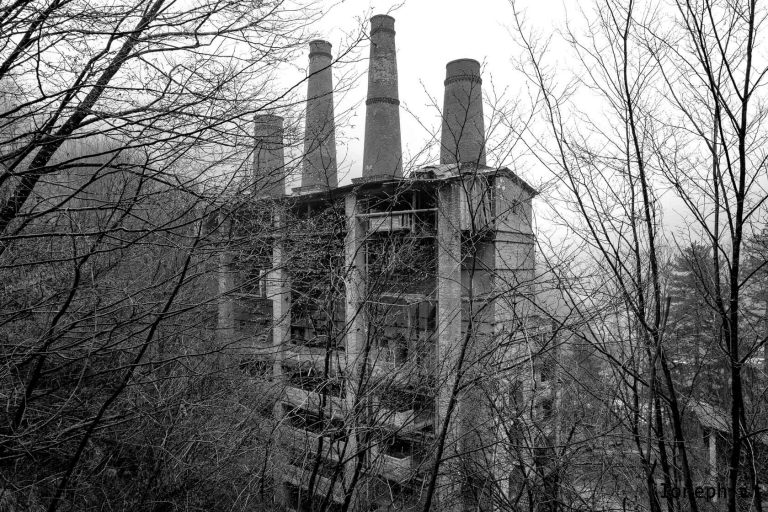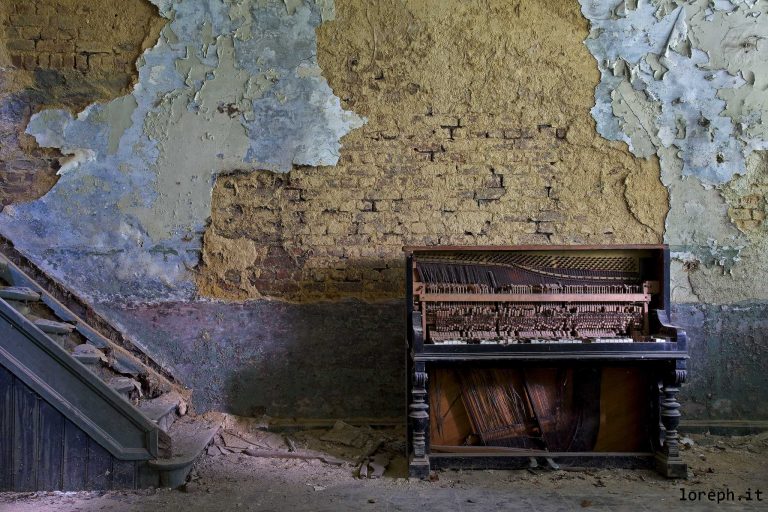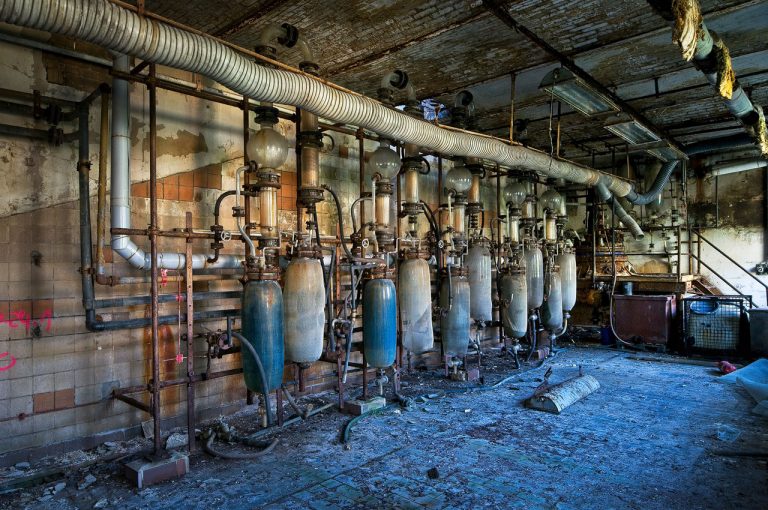COTONIFICIO DI TORRE [IT]
Exploration #84. This was once a cotton factory, one of the largest cotton factories in the Triveneto (and perhaps, in the 19th century, among the largest in Italy). It was founded by Swiss and Austrian businessmen in 1839.
Initially, the factory was arranged on six floors and surmounted by a turret, where a bell rang out the work shifts, leaning against a second, more extensive, four-storey building, according to a vertically developed structure, similar to the contemporary English and German factories and the old Italian silk spinning mills. In 1895, after various changes of ownership in 1887 and 1889, it became the Società Anonima Cotonificio Veneziano, which belonged to the cotton manufacturer Emilio Cantoni of Milan.
Around 1900, the spinning mill complex was enlarged and renovated by demolishing the too-high vertical structures, replaced by a three- and four-storey building with a flat roof and clock tower supporting the water tank and stairs. In 1910 the complex was extended again but in 1916, despite modern fire precautions, the spinning mill was seriously damaged by fire. Activity resumed briefly in 1917, after restoration work on the structure, but in November of that year, during the retreat of Caporetto, the factory was set on fire by the Italian military so that it would not fall into Austrian hands. The complex was rebuilt again between 1919 and 1920, taking up the aesthetic-formal models of the old building.
In the mid-1930s, the factory was extended with the addition of a parallel body, arranged on two levels and joined to the main body by two canopies at each end. During the Second World War, the factory was requisitioned by German troops and suffered heavy devastation. In the 1950s the last expansion. The Torre factory ceased operations in 1984, the textile machines that furnished it sold to the Chinese in the late 1970s and the last workers were laid off in the early 1980s. It is now in a state of neglect and decay awaiting restoration.
(sources: http://www.storiastoriepn.it/ and https://www.comune.pordenone.it/).









